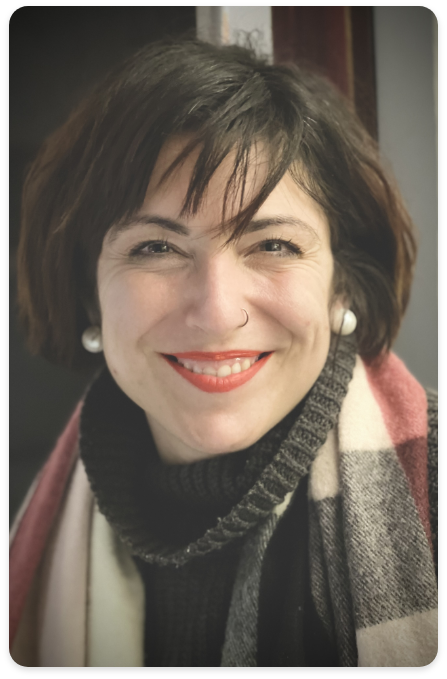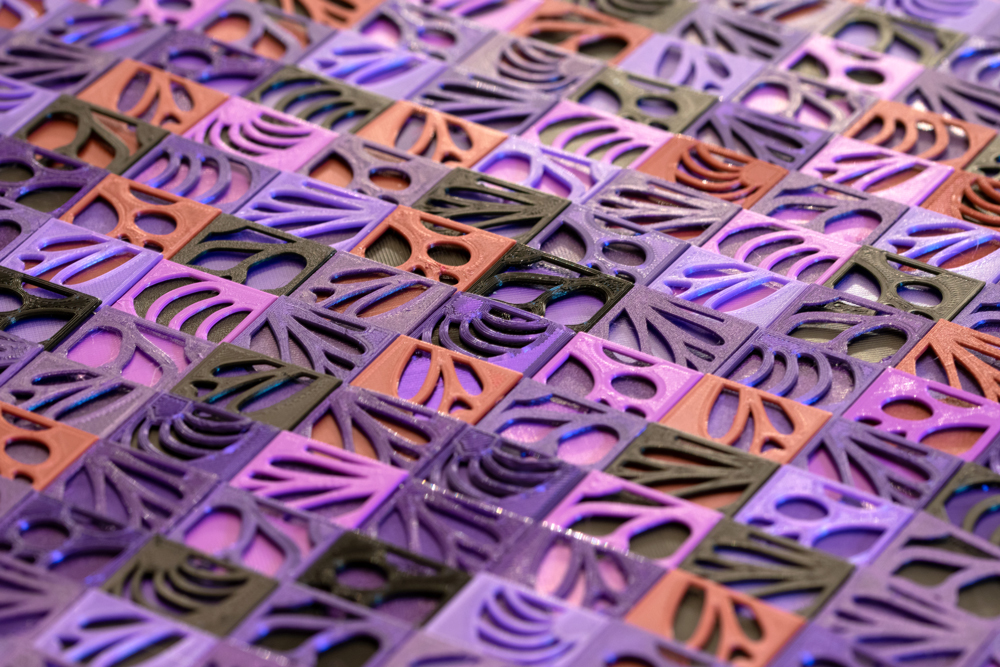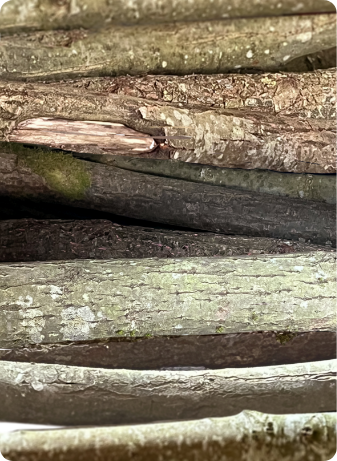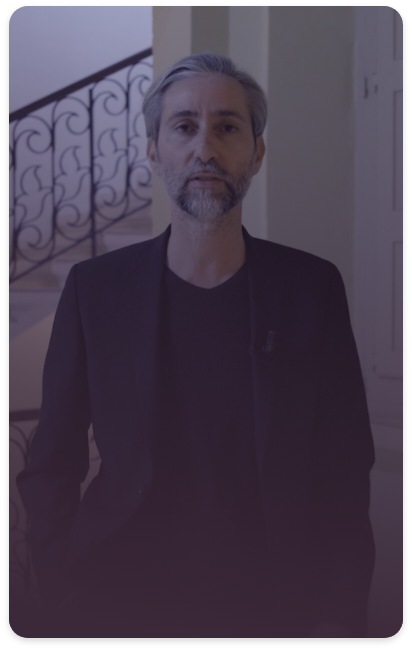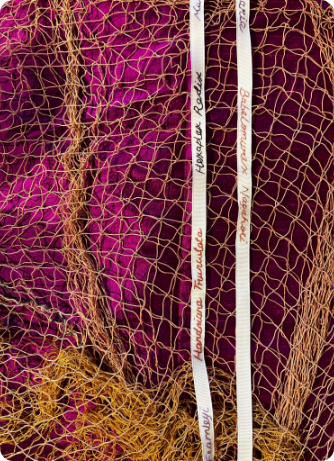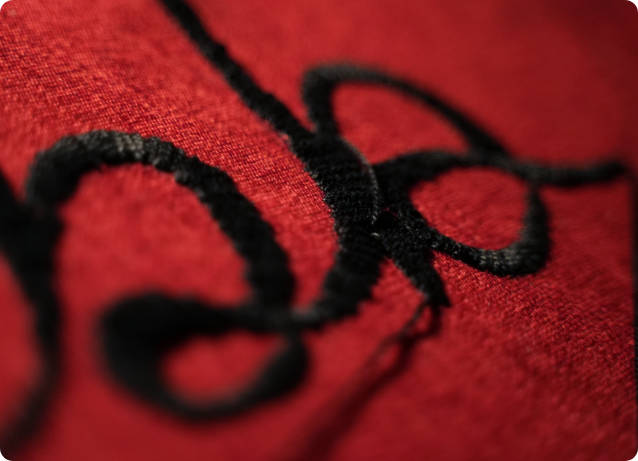Murex Purple Dyes
Murex purple dyes, also known as Tyrian purple or royal purple, are a type of natural dye historically produced from the secretions of certain sea snails of the Murex genus, specifically Murex brandaris and Murex trunculus. These dyes were highly prized in antiquity for their vibrant and long-lasting color, and they were often reserved for royalty and the elite due to their rarity and cost.
The process of extracting the purple dye from the snails was labor-intensive and time-consuming. The dye was highly sought after and became a symbol of wealth, power, and status. It was used to dye luxurious textiles, such as robes, garments, and tapestries, worn by emperors, senators, and other influential individuals.
Due to the complexity and expense of producing Murex purple dyes, they eventually fell out of use as synthetic alternatives and cheaper dyes became available. Additionally, overexploitation of the snails and changes in their habitat led to a decline in their population. The intensity of the purple color varied depending on the species of snail and the extraction process.
Matthew Joseph Casha - Signature Piece
Qoxra
According to ancient recipes, purple dye was extracted from the glands of the Murex shells after they have been sun dried for three days and crushed to extract the innards. The lengthy process used thousands of shells to produce a single gram of this precious dye.
As a reaction to the crushing action required as part of the dye-making tradition, the molecular structure of the shells was used as the inspiration for the construction of this art piece. 4,780 individually 3D printed cells were woven together to produce a recyclable fabric. Since Tyrian Purple cannot be defined as a single shade of colour but rather a range of shades produced from the different predatory sea shells forming part of the Murex family, different shades of purple were used to represent the variety of colours produced through the old recipes.
POEM : Adrian Grima
Flok Tgħatti x-Xemx bil-Konkos
Flok titla’ s-sema b’torri
u tgħatti x-xemx bil-konkos;
flok togħla tant li artek
fid-dlam ta’ dellek togħdos;
flok tmiss is-sema b’rasek
flok tirfes kulm’hemm taħtek,
għax tant tkun tlajt fil-għoli
li lanqas tara ‘l razztek;
Għax ma tfittixx mod ieħor
kif forsi tagħmel isem?
Titħajjar titla’ s-sema,
bir-ruħ minflok bil-ġisem?
Poeżija: Adrian Grima
Mużika: Gilbert Micallef
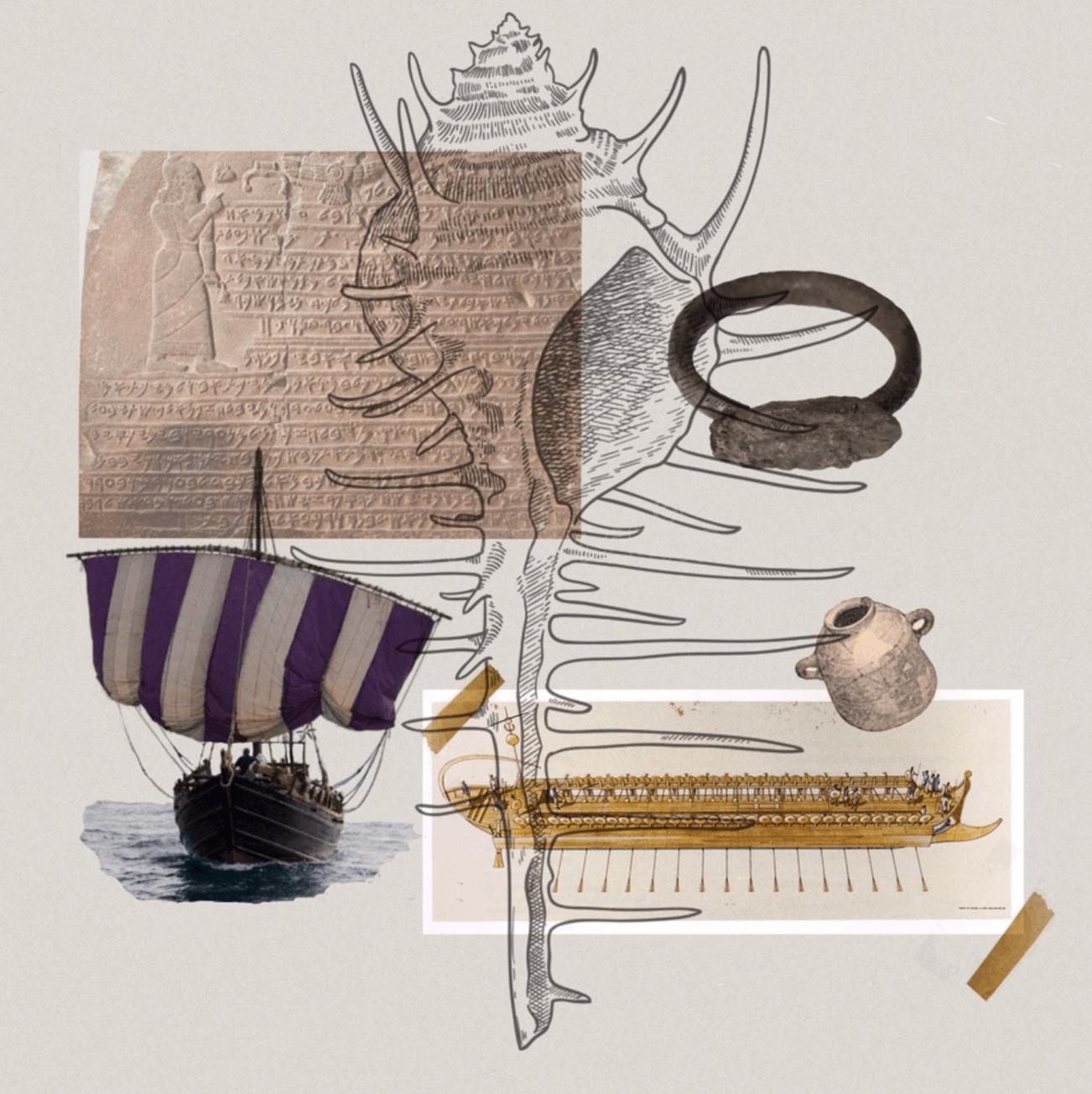
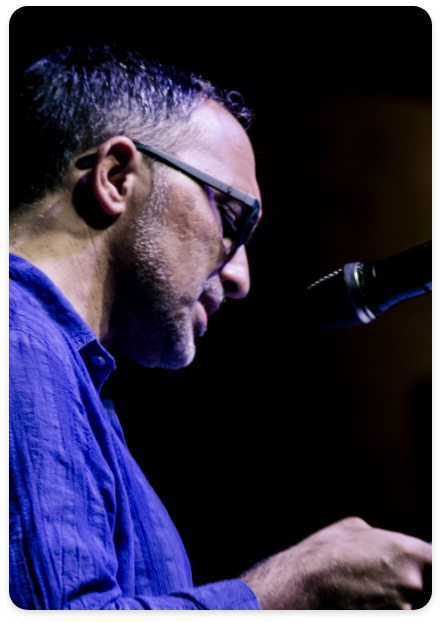
Signature Piece - Trevor Borg
Ħasira
The signature piece by Trevor Borg evokes the age-old curtain, generally made of straw and dried leaves strung together, that is hung to cover a window or doorway from direct sunlight. The ħasira, as it is called in Maltese, can be rolled up, usually after the sun sets in, then rolled back down at the first light of the day, to act as a barrier between indoor and outdoor space.
The artist uses untreated timber poles complete with bark, grown and logged in the United Kingdom, knotted with fabric off-cuts from the installation. The sculptural curtain allows the viewer to glimpse at the ‘other’; it conceals and at the same time reveals what is taking place on the other side. It works as an organic piece through which past and present, inside and outside meet and exchange sides.
Signature Piece - Luke Azzopardi
Ċraret
Malta has been a cradle for the collision of cultures across generations and the art that has surfaced from our shores has inspired and illuminated civilisations across history. The piece designed by Luke Azzopardi is designed to mimic a family free, blending scientific names with familiar ones, as a continuation of heritage and a celebration of the sacred moment when art lives and performs. The work is a reminder that no matter how much times change, so much about what inspires and makes us who we are, remains the same.
3D MUREX SHELL
3D Murex Shell
The Pjazza
The Pjazza
The pjazza (village square) is typically an open space found at the heart of the village, town or city. Dating back to Roman civilisation, the forum was a place of gathering, where citizens met to discuss all kinds of topics. As the urban fabric of our towns and cities evolved, the piazza or square changed its shape and use, but not its meaning. The same could be said for the Maltese pjazza.
Symbolically, the square stood for community, communication, and as a nodal landmark for commerce and festivities. In today’s society, the use of the pjazza has changed from a central collection of memories and congregation, to a respite from over urbanisation. This can be seen in the creation of open space in between high-rise buildings and within commercial zones. Even though this change signifies a shift from the traitional function of the pjazza the ethos and need behind a central social gathering space remains the same.
Ramona Depares
Ramona Depares
Photograph: Edward De Gabriele
Music: Gilbert Micallef


BLUE GROTTO - Elizabeth Grech
Blue Grotto
Id-dgħajsa miexja bija
fuqek.
L-għar jinfetaħ beraħ
quddiemi,
id-dellijiet ipetptu
bizzilla roża fil-vjola,
ikħal fl-ikħal,
aħdar fl-aħdar,
fuq iż–żonqor skuntrat,
fuq wiċċek imċaqlaq.
Ir-rima tkanġi fit-tlellix tax-xemx,
tgħarraxli subgħajja
u nbillu fil-frisk artab
ta ġismek.
Int il-bahar li
jimlini.
Poeżija: Elizabeth Grech, Mana Chuma Teatro
Mużika: Gilbert Micallef
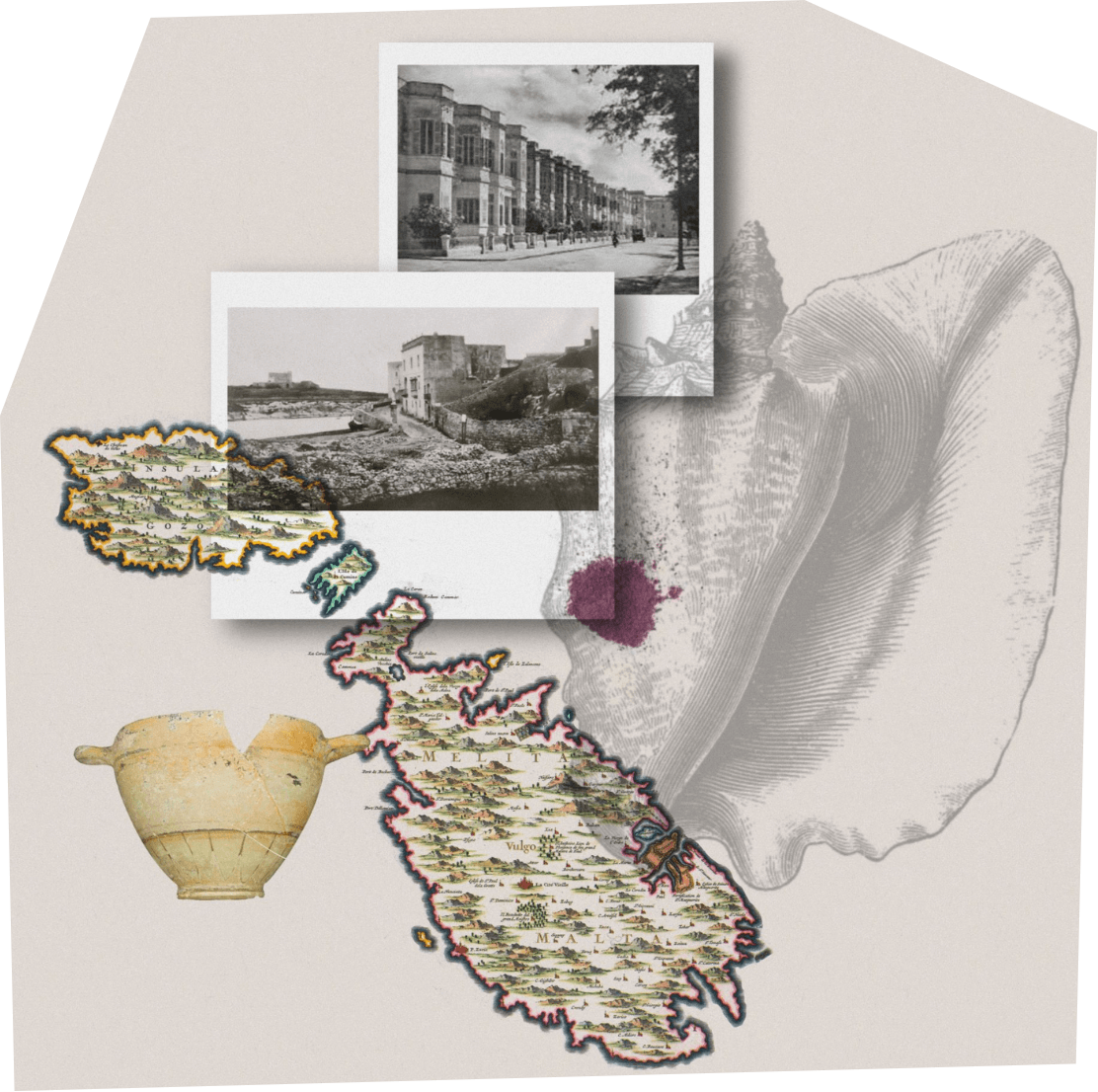
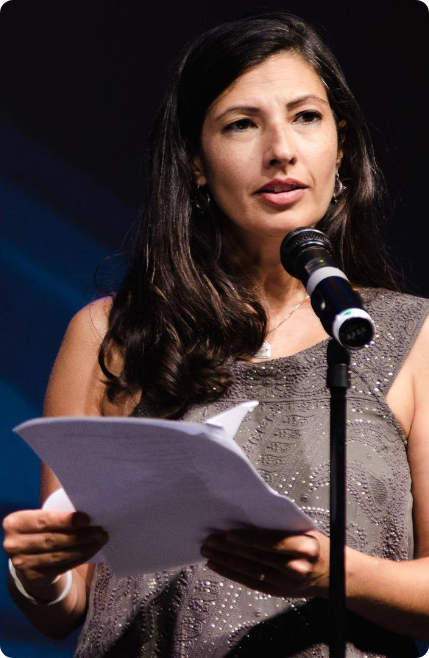
Poeżija: Claudia Gauċi
Nista’ nissindika l-ħamsinijiet minn wara l-knisja?
Nixtieq insib it-triq li toħodni fejn id-daħq jasal gelgul
mal-karozza tal-linja
titilqu minn wara l-knisja ta’ Sant’Elena sal-Imrabat
biex taqbdu n-niżla tal-Karmnu
mifqugħa bil-baħar.
Jibqa’ sejjer sal-widien fejn is-subien jaqbdu ż-żrinġijiet
f’Wied is-Sewda fejn tinżel torqod il-qawsalla
(forsi maġenbkom fuq l-imħadda tard fl-għaxija)
fejn ix-xemx tilgħab fuq ir-ramel magħkom u magħha taqsmu l-ħobż biż-żejt u l-inċova
u fil-ħedla ta’ sema blublatarf il-knisja fl-għoli wkoll tibda tongħos
u l-ħemda ta’ ħajj’oħra toqgħod tisma’
fiż-żiffa safra tal-lellux u l-qarsu jleqq ipaspar storja.
Poeżija: Claudia Gauċi
Mużika: Gilbert Micallef

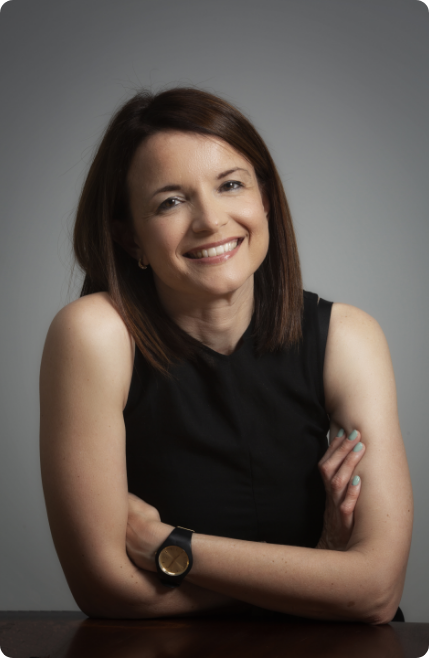
Signature Piece - Alessia Deguara
Fuq Bini
The weaving technique in architecture is not just limited to creating visually stunning pieces, but it also allows for a deeper understanding of the relationship between materials and spaces and can be a powerful tool in conveying emotion and meaning. The intertwining of various materials in weaving reflects the interconnectedness of the urban fabric and how different elements come together to form a cohesive whole.
In the context of the installation, ‘Urban Fabric’ allows visitors to engage with the physicality and texture of the design, while also reflecting on the historical and contemporary practices that have shaped the urban landscape. The paths taken by the visitors moving through the installation create a dynamic and interactive experience that allows for a deeper understanding of the urban fabric and the ways in which we navigate through it.
By weaving the words of writer Ramona Depares into the fabric, the installation invites visitors to reflect on their own journeys and experiences and becomes a vessel for storytelling and reflection. Ultimately, weaving in architecture represents the intersection of art and science, where the physical properties of the materials are intertwined with the creative vision of the architect. It is a technique that allows for the creation of dynamic, resilient, and beautiful structures that reflect the complexity of our urban landscape.
Poeżija: Leanne Ellul
Fuq Bini
X’inhi dir-roqgħa?
Gżira. U griża.
Ma kontx qed nilgħab bil-kliem dakinhar.
Dakinhar xammejt it-trab dieħel fi griżmejja.
Togħma t’asfalt.
Trid ngħidlek storja?
Storja ta’ torri fuq torri bla bibien u firrolli.
Storja tat-trab tal-art u dawl id-dinja.
Jgħammxek id-dawl dieħel minn bejn subgħajk,
tistaħba għax tibża’ mill-kbar jisħqu l-ġebel.
Hemm stejjer midfuna sitt piedi ’l isfel u sulari ’l fuq.
Ibeżżgħuk?
Il-ħrejjef tal-għorof iktar minnhom.
U bqajt sejjer bl-għax tikber f ’għaliex fuq xufftejk.
Kemm kemm tagħlaq il-kpiepel u tiftaħhom
u ssib mostri kbar jilħqu s-sema.
Tisma’ t-trab ikarwat u ż-żrar jingħasar.
Taħseb li dawn ittri fuq paġni
mhux siġar sagrifikati.
Sagrifiċċjati?
Sagrifiċċju trid tara l-baħar
u tara art u baħar t’art.
U ara, int u titħan bżar u melħ
fi kċina sitt piedi b’erbgħa
tagħfas it-tursin bl-id il-leminija
ħa joqtor l-aħħar aħdar li qatt aft.
Poeżija: Leanne Ellul
Mużika: Gilbert Micallef
Ippubblikati għall-ewwel darba fil-ġabra L-Inventarju tal-Kamra l-Kaħla (Merlin Publishers, 2020).

